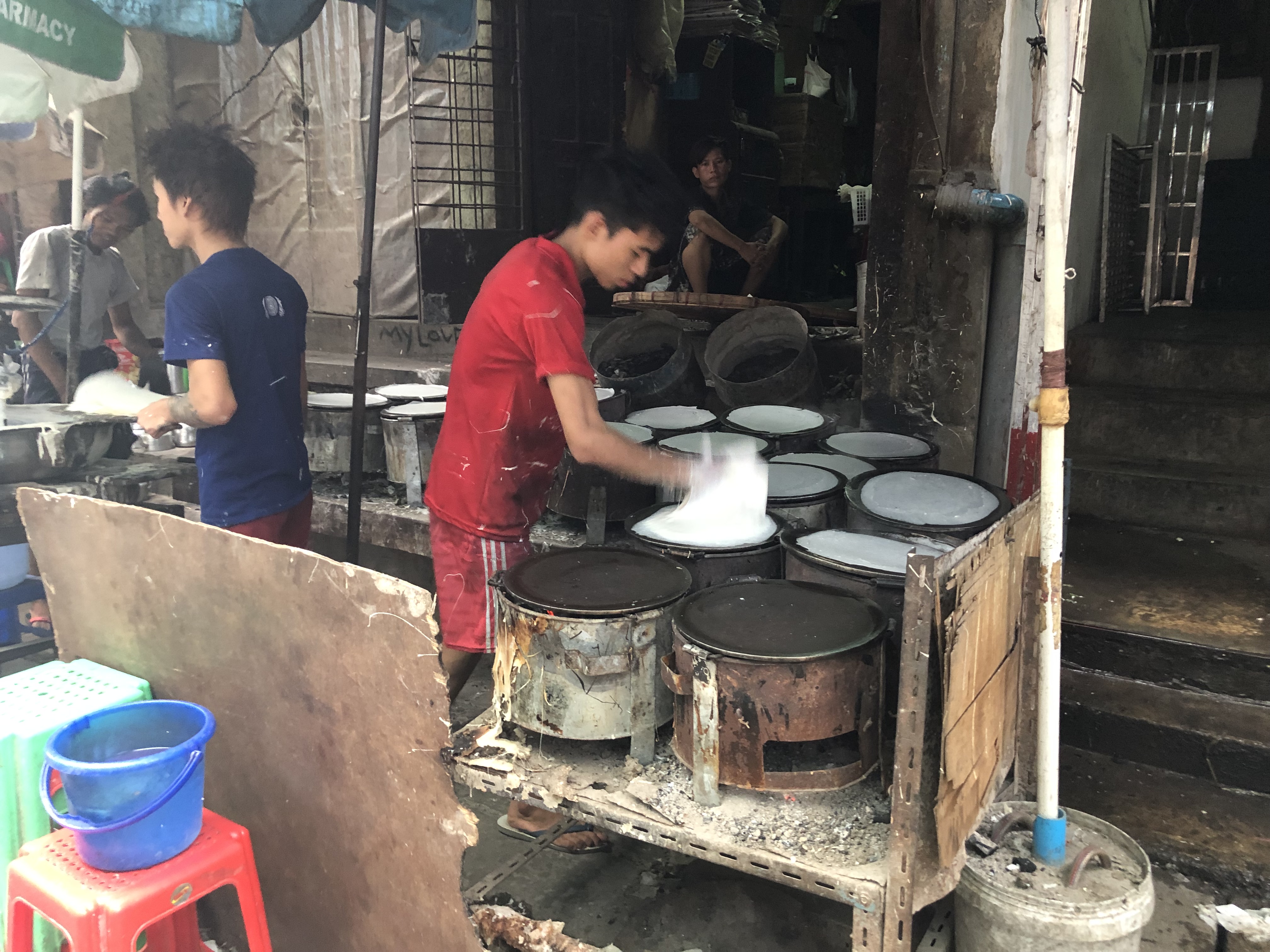Yangon – Adventures in Myanmar
After Singapore I flew to Yangon (once called Rangoon). Driving away from the airport, I saw a billboard for Myanmar (once called Burma). It welcomed me to the ‘Country of Gold.’ I saw the same billboard a week later when I was leaving the country . It was only then that I fully understood the appropriateness of the epithet.
There is gold in Myanmar, lots and lots of gold. It gleams on the nearly inexhaustible number of pagodas and temples and Buddha images throughout the country.
Yangon: Introduction to Religious Architecture
My wonderful guide, Win Kyaw Zan, of Asia Photo Travel, got me up to quick speed on what I would see throughout the city and the country. There are five types of religious buildings.
One. Pagoda, the solid inverted bell/bowl-shaped structure. The title image is of Shwedagon Pagoda. And guess what? Shwe means ‘gold’ in Burmese. Pagodas are known as zedi in Burmese and stupa in architectural terms.
Two. Temple. As opposed to a pagoda, a temple is a structure you can actually enter. Temples are phaya in Burmese.
Three: Monastery. Exactly what you think it is.
Four: Ordination Hall, a sacred building for Buddhist monks.
Five: Buddha Image. Just that.
Yangon: Chauk-Htet-Gyi
First stop in Yangon was of Chauk-Htet-Gyi, a Buddha Image. A serious one, no joke.

It stretches out to 66 meters (72 yards) and is pretty darned glamorous.
A view of the soles of the feet:

Buddha was born with these 108 symbols on his feet. Good to know.
The image was finished in 1907. At first it was just there, outside, uncovered. Eventually it got a building, but the building itself doesn’t count as a temple.

At the entrance you can buy fruit and flowers offers for the Buddha. The sticks behind the bananas have little umbrellas. Umbrellas are big here.
Yangon: Shwedagon Pagoda
After the splendors of the Buddha Image, we went to Shwedagon Pagoda. It is massive. It was begun in 588 B.C. and reached its current elaboration around 1774. The terrace alone is 14 acres. The whole complex is 114 acres.
Not so sure there is another word for it besides ‘stunning.’

And this is the case from every angle:

Female monks wear pink robes:

The site has dozens of tazaung ‘side shrines’:

It is actually difficult to take in, because you hardly know where to look:

Suffice it to say: magnificence is everywhere.

This magnificence is also in inverse proportion to the condition of the city and suburbs.
Yangon: The City
Here’s a pretty typical street:

Lively markets are everywhere.

Crickets, anyone?

I passed on the treat.
Here’s a young man making the translucent wraps for spring rolls. Super fresh.

The spiny fruit in the front baskets are durian.

Love the Burmese script on the sign!
Durian is generally known as the smelliest fruit in the world. It’s true, you can smell it up and down the street.

I got used to the smell when I spent 6 months in Vietnam in 2012. I actually like it now.
Yangon is on the Yangon River. The waterfront is as lively as the marketplaces.

Yangon: The Suburbs
Here’s a suburban street corner.

And here is my guide, Win, asking a woman the price of her house that is for sale:

Win is wearing the traditional longyi, worn by both men and women.
The woman says she doesn’t know the price and would have to ask her husband.
The suburban markets are as colorful as the urban ones:

The red spiny fruit in front is ramboutin.
Love the green!

And now for the notorious betel nut:

The nut is offered on a betel leaf spread with lime to activate the juice. It gives you a buzz and is highly addictive. Win warned me of the dangers which are ruinous to your health. Betel nut stands are on every corner in the suburbs and city.
Watch: Myanmar Bans Betel in schools, governmental offices and hospital.
The woman is wearing thanakha on her face, which I’ll talk about in a subsequent blog.
This suburb has the Naga Hlaingu-gu Monastery.

The male monks line up for lunch:

The female monks line up around the corner:

So I began and ended the day in Buddhist environments.
Note: Yangon was the capital of Myanmar from 1948 – 2005. The current capital city is Naypyitaw, which is more centrally located in the country.
Categorised in: Adventure, Blog, East Asia
This post was written by Julie Tetel Andresen
You may also like these stories:
- google+
- comment



